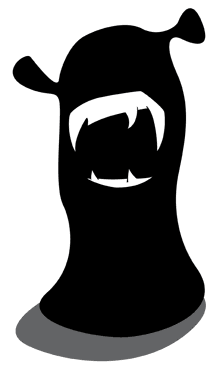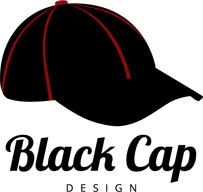
For people who are new to WordPress, one of the first questions that arises is “what’s the difference between Pages and Posts?” The next time you’re poking around the administrative dashboard of your new website, have a look at the navigation menu. You’ll see several tabs including a ‘Posts’ tab and a ‘Pages’ tab.
If you click on each of those tabs in turn, you’ll notice the settings for pages and posts look pretty much the same. You can create new pages and posts, and both pages and posts display the visual editor window that allows you to update your own content. So, what’s the difference?
Pages
Most people are pretty familiar with the term Web page. A WordPress page is your typical static Web page. By ‘static’, I mean unchanging. That’s not to say you can’t (or shouldn’t) regularly update the content on your website pages. For instance, most websites have a Contact page, and the content on that page should be kept current – but your Contact page is always going to be your Contact page. In that sense, things don’t change; once a page, always a page.
The other thing that is unique about pages is their ‘parent’ / ‘child’ relationship. For example, many websites feature parent pages, like ‘Products’, which can, in turn, have many children – or nested pages, such as ‘Sporting Goods’ and ‘Home Appliances’. This parent / child relationship is easy to spot. On this page, for example, just hover your mouse (or if you’re using a touch-screen, your fingertip) over the navigation menu above and you’ll see what I mean. A menu tab that triggers a drop-down box is a ‘parent’ page, and its children are listed in the corresponding drop-down menu.
The WordPress visual editor provides the ability for website owners to assign each page a ‘parent’ or ‘child’ status. This hierarchical parent / child structure isn’t unique to WordPress – it’s how most websites are organized.
Posts

Posts on the other hand are not intended to be static, and there is no parent / child structure. The term ‘post’ is short for blog post. If you’re not familiar with the term blog, don’t worry – you’re not alone. Many people mistakenly believe it’s the name of a cheesy 1950’s horror movie starring Steve McQueen.
A blog (short for ‘weblog’) is structured more like a diary or a captain’s log (think James T. Kirk and the Starship Enterprise). So unlike a page, a blog is actually a compilation of individual blog posts. Each post is identified by the date it was published and the posts are presented in reverse chronological order – newest post first, oldest post last.
Another thing that sets posts apart from pages is the fact that posts can be categorized. You can choose to have all of your blog posts in a single category, or you can create categories to help you organize them – which in turn makes it easier for visitors to your blog to find the information they’re looking for.
Posts can also have tags assigned to them. Tags are basically keywords that search engines use to find out what your site is all about. Think of tags as words that help search engines figure out what your blog posts are about. WordPress provides you with the ability to add a comma separated list of descriptive tags to each post. Pages don’t support this feature.
Finally, one of the most powerful features that set posts apart from pages is their ability to act as a social media tool. Because blog posts are published with a time and date stamp, WordPress automatically converts your posts to XML and can publish them as an RSS feed – which means your blog readers can subscribe to your feed, after which their browser or mail program will monitor your blog for updates and automatically download your latest blog posts.
There are loads of WordPress plugins available that provide you with the ability to publish your RSS feeds to various social media platforms, such as Facebook and Twitter – automatically. This is a powerful tool that allows you to automatically export your new blog content to your social media accounts. Holy time saver Batman!
For more information about WordPress Pages and Posts and how to make the most of them, give us a call at 1-705-927-2308 or send email to . The team at Black Cap Design also offers basic and customized WordPress how-to manuals as well as individual and group WordPress training.
